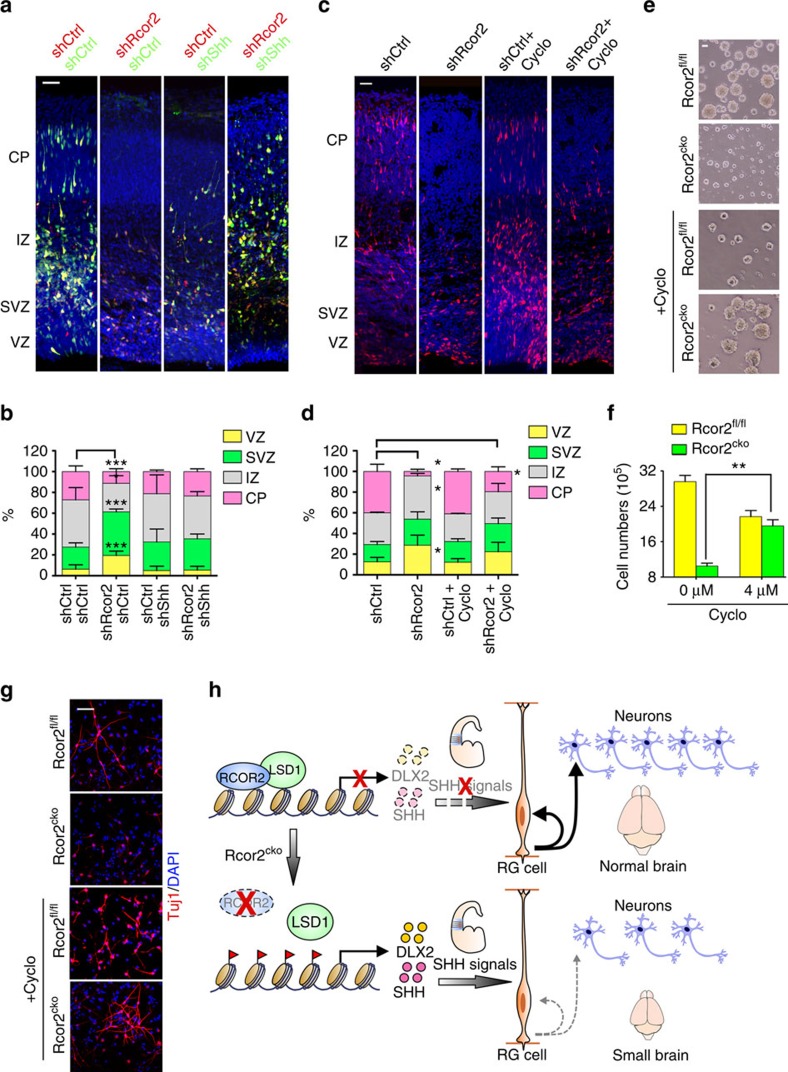Figure 7. Rcor2 regulates cortical development by inhibition of Shh.
(a) Knockdown of Rcor2 impairs cortical neurogenesis, which can be partially rescued by knockdown of Shh during cortical development. In-utero electroporation with RFP-shControl (red)/GFP-shControl (green), RFP-shRcor2 (red)/GFP-shControl (green), RFP-shControl (red)/GFP-shShh (green) or RFP-shRcor2 (red)/GFP-shShh (green) plasmids was performed at E13.5. Cerebral sections were fixed and imaged at E16.5. VZ, ventricular zone; SVZ, subventricular zone; CP, cortical plate. Scale bar, 50 μm. (b) Quantification of the percentage of RFP+/GFP+ cells in different regions of the developing cortex after electroporation shown in a. Data are shown as mean±s.e.m., t-test, **P<0.01 and ***P<0.001, n=3 individual experiments. (c) Inhibition of Shh by Cyclopamine can partially rescue neurogenesis defects caused by Rcor2 downregulation during cortical development. Rcor2 was knocked down at the lateral ventricle in the brain by in-utero electroporation with RFP-shRcor2 plasmids at E13.5. Cerebral sections were collected at E14.5 and then treated with cyclopamine to inhibit Shh activity for 48 h. Scale bar, 50 μm. (d) Quantification of the percentage of RFP+ cells in different regions of the developing neocortex after knockdown of Rcor2 or inhibition of Shh shown in c. Data are shown as mean±s.e.m., t-test, *P<0.05, n=3 individual experiments. (e) Representative images depicting neurosphere size is partially rescued in the in-vitro-cultured Rcor2cko NPCs after treatment with Cyclopamine. Scale bar, 50 μm. (f) Histogram depicting cell numbers of in-vitro-cultured Rcor2fl/fl and Rcor2cko NPCs with or without Cyclopamine treatment for 48 h. Cells (5 × 105) are seeded initially. Data are shown as mean±s.e.m., t-test, **P<0.01, n=3. (g) Confocal images of Tuj1 expression in the differentiated cells from in-vitro-cultured Rcor2fl/fl and Rcor2cko NPCs with or without Cyclopamine treatment. Tuj1 expressions are partially restored in Cyclopamine-treated Rcor2cko cells. Scale bar, 20 μm. (h) Model of Rcor2 function in neurogenesis in the developing neocortex. Rcor2 safeguards cortical neurogenesis by recruiting LSD1 complex to the regulatory regions of Dlx2 and Shh genes, to inhibit the Shh pathway activation during development. The absence of Rcor2 leads to inhibition release of these genes and thus ectopic activation of Shh signalling in the developing neocortex, resulting in cortical neurogenesis defects.

